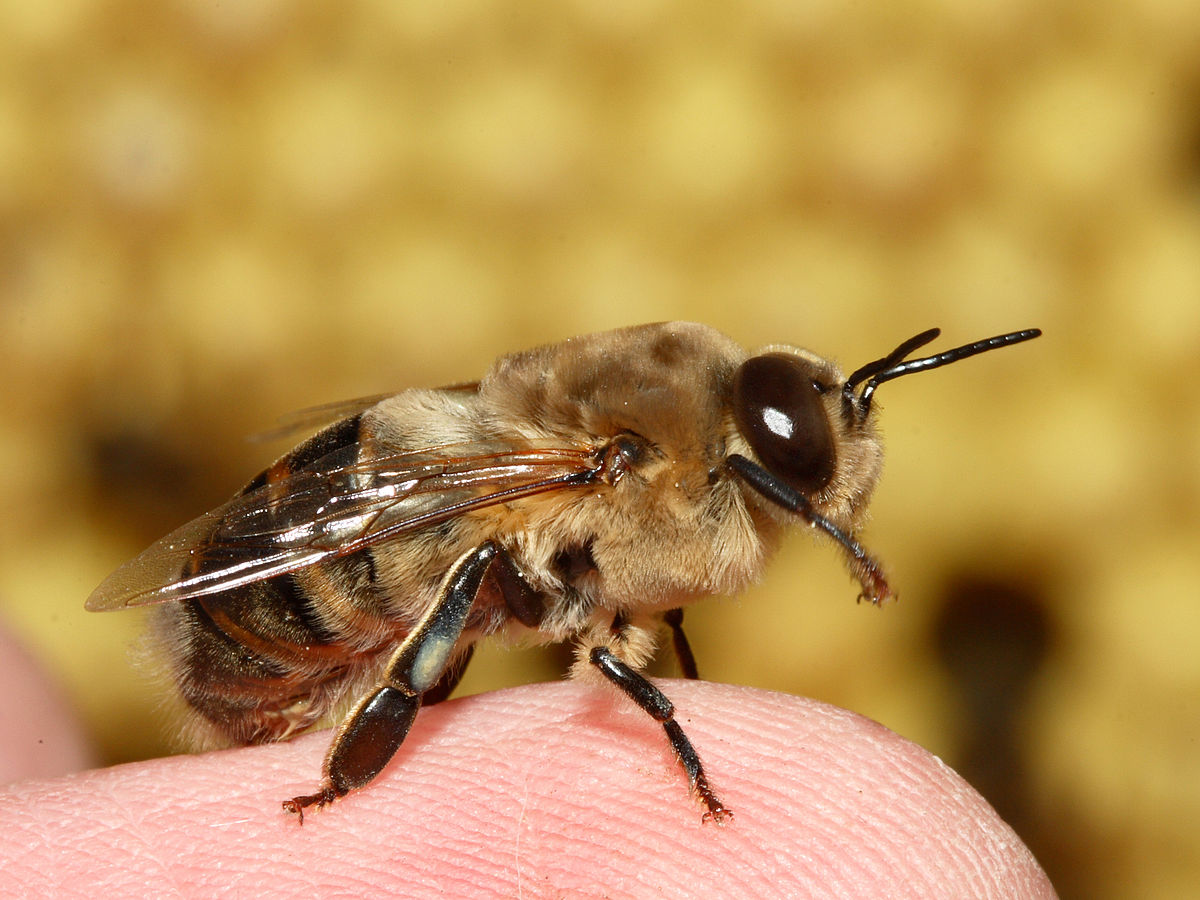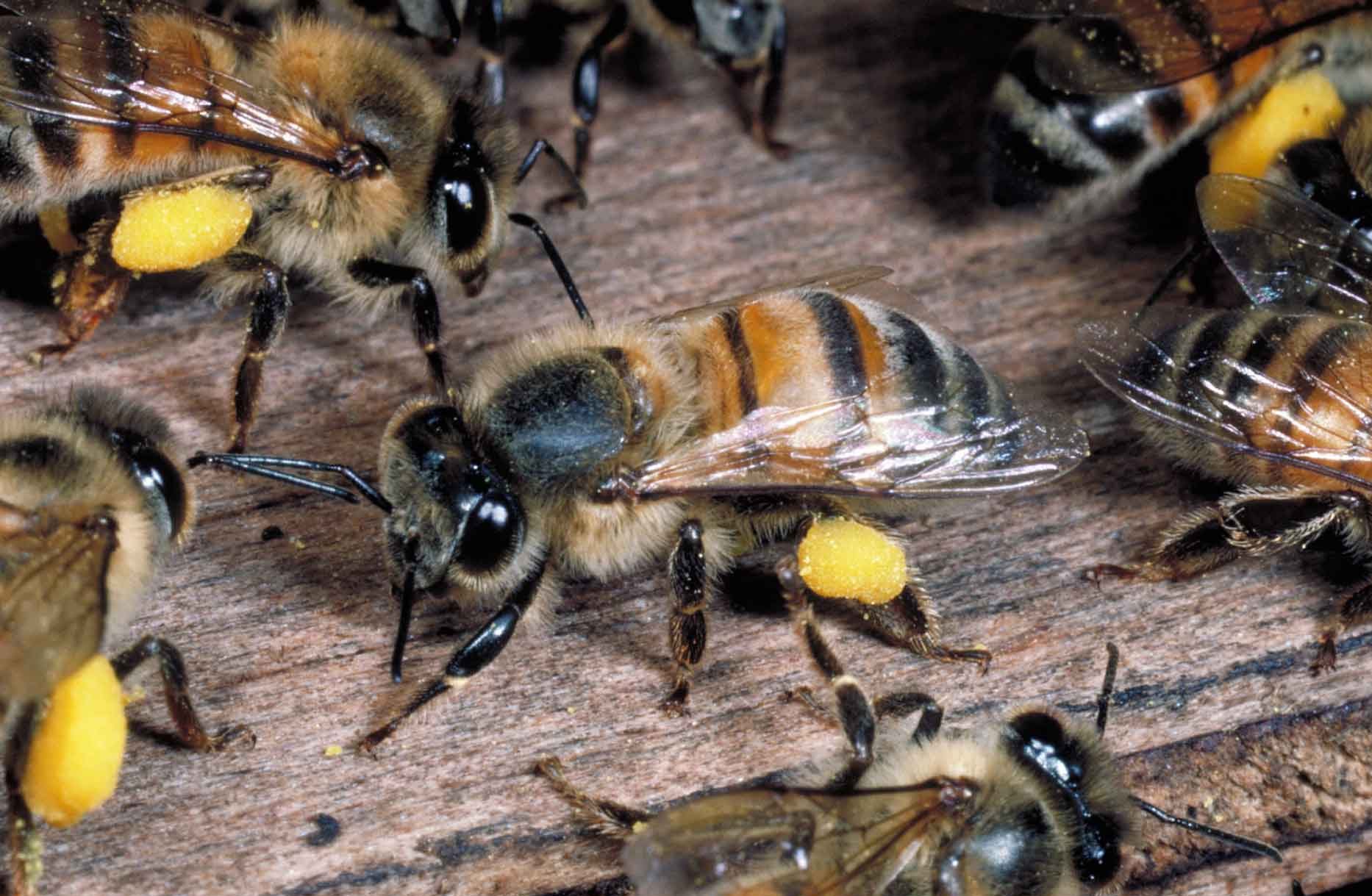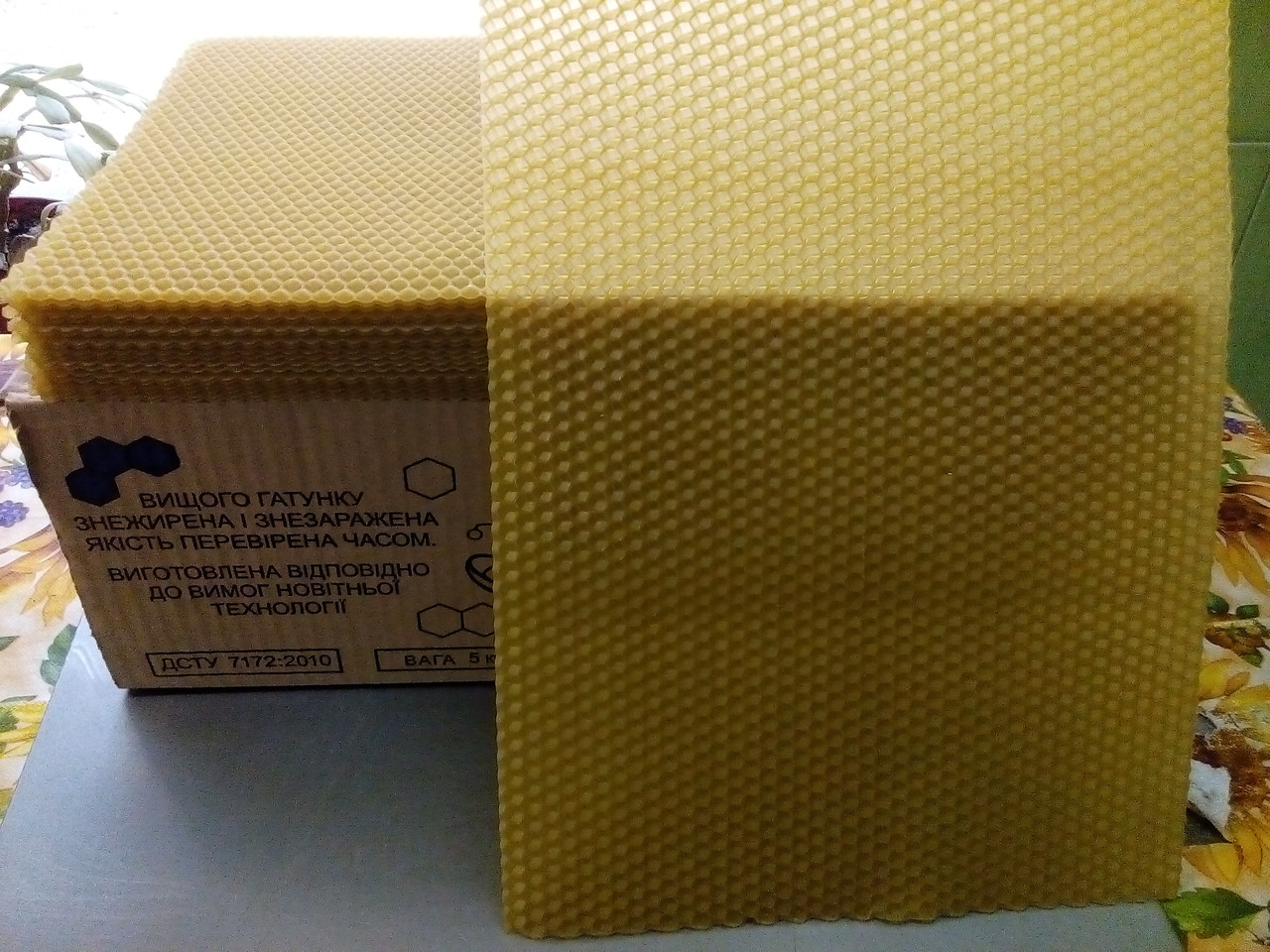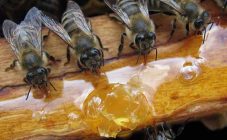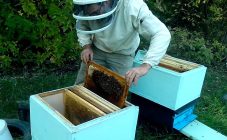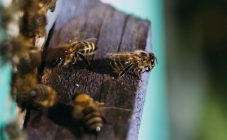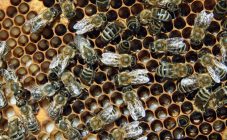Content:
Most people know the name of the male bee, although they have never seen it. But they cannot explain its role in the hive, describe the benefits that these creatures bring. The survey showed that city dwellers practically do not know what a drone looks like. This article is intended to fill a number of gaps on this topic.
Who is a drone
Bees are collective insects. The uterus increases the number of these insects, workers collect pollen, synthesize honey, look after the larvae. Often novice beekeepers cannot understand who a drone is, what is its role in the life of a hive.
The description of this insect subspecies is as follows:
- This is a large specimen with a rectangular body. It has large eyes, which help to quickly navigate in space and find the uterus.
- This is a male bee that is practically helpless and harmless. He has no sting and lacks the ability to get his food.
- The bee drone does not have the ability to collect pollen. Its proboscis is much shorter than that of the working specimen, so the hive has to be fed.
- The drone bee is up to 16 cm long and weighs 0.25 g. It has long wings and an excellent sense of smell, which helps it find the printed combs.
- A drone is a bee that the hive needs to reproduce. She finds the uterus from a distance of 40-50 m.
This creature is born from unfertilized eggs. This happens from May to the end of summer. The larva is born 3 days after laying, and after a week it turns into a pupa. On the 15th day, young drones appear in the bee colony, this contributes to the appearance of fertilized eggs, from which both workers and queens can develop. Most often, no more than 2000 males appear in the hive, which corresponds to 10-15% of the total population in the nest.
In order to prevent related crossbreeding, which threatens the degeneration of the bee colony, after the appearance of a young female, most of the drones fly out of the nest with her. They serve not only for mating, but also protect the uterus from birds. Most often, these males die.
Drones get to distant places (within a 7 km radius from their native apiary). There they can be taken into other people's hives, where their females are fertilized, dying during mating. Then worker bees drive out the remaining males from the nest.
When bees drive out males
After successful fertilization, the number of drones decreases sharply. The remaining individuals are not needed by the hive. Therefore, at the beginning of autumn, there comes a moment when the bees drive out the drones, forcing them out of the dwelling.
Working specimens prevent males from returning home. Due to their inability to get food, drones quickly die.
If the fertilization process is not completed before the fall, then the males remain in the hive for the whole winter, but in the spring they still die.
What to do if there are many drones in the hive
If there are many males in the hive, then experienced beekeepers advise either not to interfere with the life of insects at all, or to get rid of unnecessary drones. A large number of them leads to the rapid disappearance of honey reserves, since 1 kg of insects can eat up to 14 kg of sweetness. They attack worker bees by forcing them to feed themselves with supplies from sealed cells.
There are many methods that allow you not only to drive out, but also to destroy excess males. But they do not always lead to the desired result.
How to get rid of drones in the hive? Here are some ways:
- A beekeeper cuts drone combs from sushi into frames. Although this effect saves honey, which would be eaten by males, such an operation does not always give the desired result, since the bees restore the destroyed cells.
- You can cut out tinder brood. But working individuals in 4-5 days will again transfer drone larvae to this place. The operation allows you to fight the mite dangerous for bees.
- Destruction of males with tweezers. To do this, the beekeeper sits next to the landing board all day, manually catches the drones, and kills them. This is the most ineffective method of struggle. This method can be used if a person has only 1-2 hives in the apiary.
- You can drive out unwanted males using a homemade or industrial drone trap. Insects fly freely from the hive, but cannot return back. This method reduces the amount of honey obtained due to the fact that the obstacle prevents not only drones, but also workers from getting into the house. To eliminate this disadvantage, pollen traps are used, which allow you to collect more honey.
- Installation of building frames makes it possible to get rid of unnecessary males, but dramatically raises labor costs in the apiary. This will increase the cost of the resulting product, so many beekeepers prefer other ways to destroy excess male specimens.
What are the wasp drones for, their role in the family?
Other social insects also have males that are only needed for mating. The wasp drone plays the same role as its bee counterpart. To continue the genus, the uterus immediately mates with the male, who dies after this process.
The drone wasp is slightly smaller than the female specimen. But if the queen bee needs 6-7 drones for mating, then one insect is enough for this process.
Unlike bees, many wasp species do not have hives. The female makes a nest and flies out to mate. The drone senses a female at a distance of up to 2 km, and rushes towards her. After mating, the male dies, and the uterus lays eggs in the built nest.
Drones, in the life of wasps, apart from mating, practically do not play any role. Even collective insects of this species (they are all female) use drones only during the breeding season, and then kill them.
The use of drone foundation
Drone foundation consists of honeycombs with an average diameter of about 6-7 mm and a depth of up to 15 mm. The worker bees build such cells in the lower part of the frames or in their corners.
Foundation is used in beekeeping to obtain a good honeycomb with correctly arranged honeycomb cells. A frame with a drone foundation fixed on it is installed in the nest, since the honeycombs made on it are stronger than other samples. They have the following advantages:
- freely tolerate shocks during transportation at any distance;
- do not crack during honey extraction.
The strength of the honeycomb depends entirely on the thickness of the foundation from which they are made. The number of wires stretched on the frame also plays a big role. The combs made by worker bees have no reinforcing fibers. Therefore, they are inferior in strength to man-made copies.
There are 3 types of drone foundation:
- thin, then for a nest of 1000 g, there are up to 20 sheets;
- medium foundation - 1000 g contains up to 16 sheets;
- large or thick frame - 1000 g consists of 13 sheets.
The first view is practically unsuitable for creating a normal frame. It is used for store extensions. When creating frames, beekeepers use medium or large waxes more.
There is a standard for these products:
- if a frame with dimensions of 43.5 X 30 cm is used for the hive, then sheets of foundation measuring 41 X 26 cm are used for it;
- if it is necessary to install frames 43.5 X 23 cm, it is allowed to use drone foundation measuring 41 X 20.7 cm;
- for store extensions, you can use sheets cut in half.
During research, it turned out that the uterus lays eggs well in combs with a diameter of 5.3-5.4 mm. Therefore, on the basis of the data obtained, a drone foundation was developed, in which the cells located horizontally have dimensions of 5.4 mm, and vertically - 6.8 mm.
Worker bees put honey in such cells, and the queen cannot lay eggs in them. Therefore, the combs of this sample are used in store extensions where brood does not need to be grown. Beekeepers do not need such foundation, so they try to use frames with the correct honeycomb. In western Europe and the United States, drone foundation with cells, the width of which is 6.87 mm, is used to obtain a brood of males.
To increase the strength of the foundation, metal wires are embedded in it. They are specially bent into the standard hexagonal cells typical of a bee hive. To strengthen such a sheet, a frame of a special design is used. Cutouts are made in the upper and lower bars, and the removable strips press the sheet against the main structure using screws. Such frames can withstand more loads than a standard sheet of pure drone foundation.
The beekeeper must carefully monitor the number of males in the hive. If there are too many of them, then it is recommended to take urgent measures, otherwise the amount of the product received will be less than the expected volume. With the correct setting of the case and the implementation of the recommendations, even a novice beekeeper will receive a large amount of honey.
